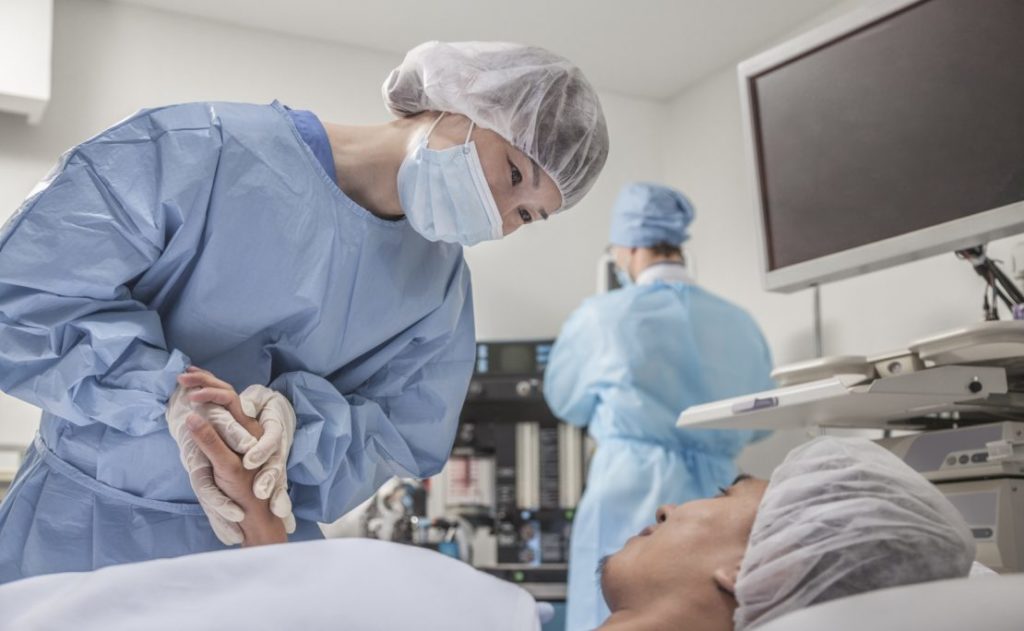Total Knee Replacement: Surgery and Recovery
Knee pain can be frustrating, which is why it is important to have your knee examined by a qualified orthopedic specialist before things get out of hand. The knees are a vital part of the body, helping with both support and mobility. If you are in pain, an orthopedic specialist can recommend medication and physical therapy to try and remedy the situation. If non-surgical treatments don’t work, then your HPH physician can see if you’re a candidate for a total knee replacement procedure.
Why do I need a knee replacement surgery?
Total knee replacement surgery is usually reserved for those who have severely damaged knees from injury or osteoarthritis and no other treatment options have worked. Joint replacement surgery greatly helps by relieving pain and restoring normal function.
Can anyone have knee replacement surgery? Is it risky?
This form of surgery can be performed on any adult, although it is mostly recommended for those over the age of 50 since they are less likely to wear out their new knee through lots of physical activity. Thanks to advancements in medical technology with MAKOplasty, the procedure is safe with minimal complications reported within the past few years. Ensure that you discuss any concerns with your doctor so you can make an informed decision.
What can I expect during a knee surgery procedure?
First, you will be put under general anesthesia, then your surgeon will place an incision that is about 12 inches in front of your knee. The damaged part of the knee joint is removed and carefully replaced with the metal or plastic polymer joint. This replacement can be inserted with a special cement onto the thigh bone or shin, depending on your situation. Once everything is well placed, these artificial parts would rely on the surrounding ligaments to function normally.
What happens after my knee replacement surgery?
Usually, patients stay at the hospital for about two to three days depending on their healing process. Most patients experience great relief after their knee replacement procedure. The full results will be felt in a few months. To help the recovery process and make sure that the patient is returning to normal function, physical therapy will be recommended. Physical therapy will help the patient gain the ability to fully support their body weight on their knees.
Are there special precautions after the surgery?
You must avoid twisting the leg or straining it to avoid damaging your new knee. When sleeping, make sure that the leg is as straight as possible. The worst thing that could happen is getting a dislocated new knee, which would lead to other complications. To be safe, ask your doctor all the questions you have and make sure to follow all instructions given by your doctor.
How long will my new knee last?
Most knees last more than 10 to 15 years. However, your level of physical activity and initial healing can affect the condition of your new knee. A second replacement may be necessary for some occasions.
Remember, everybody is different in the way they respond to medication and surgery. You might take a longer or shorter time to heal, but you must follow every instruction given by your physical therapist and orthopedic surgeon to ensure that everything goes according to plan.



